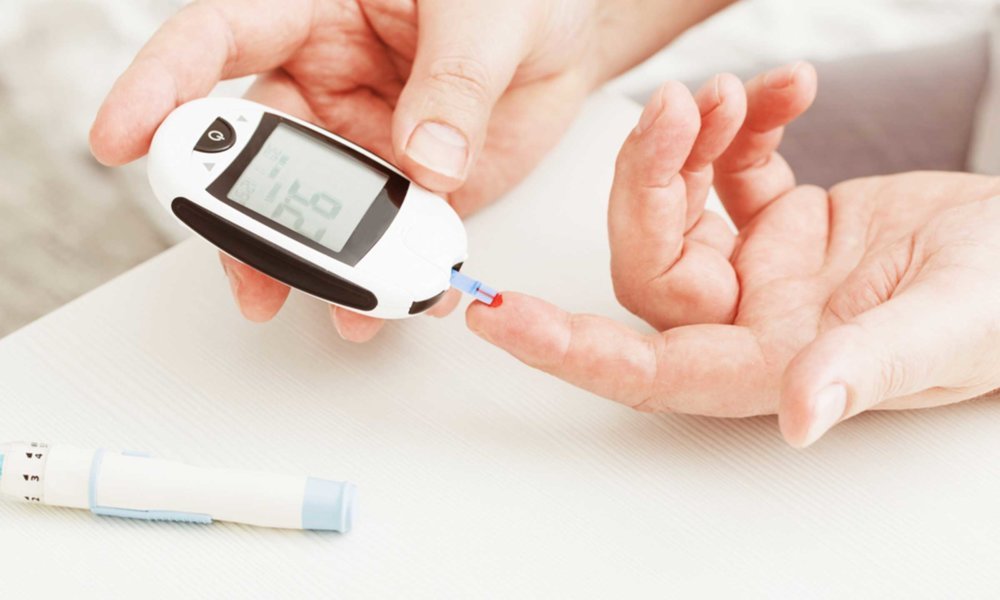Diabetes, a chronic condition affecting millions worldwide, primarily comes in two types: Type 1 and Type 2. Each type affects blood sugar regulation differently and has distinct signs and symptoms. Understanding these signs can be key to early diagnosis and management, helping prevent serious complications.
1. Frequent Urination (Polyuria)
• High blood glucose levels lead kidneys to filter excess sugar, causing increased urination.
2. Excessive Thirst (Polydipsia)
• Frequent urination leads to dehydration, prompting intense thirst. Individuals may find they need to drink far more water than usual, especially at night.
3. Increased Hunger (Polyphagia)
• Despite eating, individuals with diabetes often feel hungry due to the body’s inability to convert glucose into energy efficiently.
4. Fatigue and Weakness
• The body’s cells struggle to access glucose for energy, leaving individuals feeling fatigued or lethargic. This fatigue can become more noticeable as blood sugar levels remain uncontrolled.
5. Weight Loss
• In Type 1 diabetes, weight loss may occur despite eating more, as the body starts to use fat and muscle for energy.
6. Blurred Vision
• High blood glucose causes fluid changes in the eye, distorting vision. Persistent blurred vision can be an early sign, particularly in Type 2 diabetes.
7. Slow-Healing Sores or Frequent Infections
• High blood sugar can impair blood flow and immune function, leading to slow healing and an increased risk of infections, particularly in the skin, gums, and bladder.
8. Tingling or Numbness in Extremities
• Diabetic neuropathy, a complication of uncontrolled diabetes, can cause tingling or numbness in the hands and feet, signaling nerve damage.
9. Darkened Skin Patches (Acanthosis Nigricans)
• Often seen in the armpits, neck, or groin, this condition can indicate insulin resistance and a heightened risk for Type 2 diabetes.

Symptoms Specific to Different Types of Diabetes
While Type 1 and Type 2 diabetes share many symptoms, there are some distinctions:
• Type 1 Diabetes: Usually diagnosed in children or young adults, symptoms can appear suddenly and escalate quickly. Ketoacidosis—a life-threatening condition resulting from the buildup of ketones—may also be one of the first signs.
• Type 2 Diabetes: Symptoms develop more slowly and may be mistaken for normal aging signs. Some people may not experience noticeable symptoms until complications arise, making routine checkups essential.
When to Seek Medical Attention
It is essential to seek medical attention if experiencing symptoms, particularly if they are persistent or severe. Early intervention can prevent complications and lead to better long-term health outcomes.
Diagnosis and Monitoring of Diabetes Symptoms
Diabetes can be diagnosed through blood tests that assess blood sugar levels, such as:
• Fasting Plasma Glucose Test (FPG)
• A1C Test: Measures average blood sugar over two to three months.
• Oral Glucose Tolerance Test (OGTT)
Understanding these symptoms and seeking early medical guidance can lead to timely intervention, reducing the risk of severe complications and improving quality of life.











































